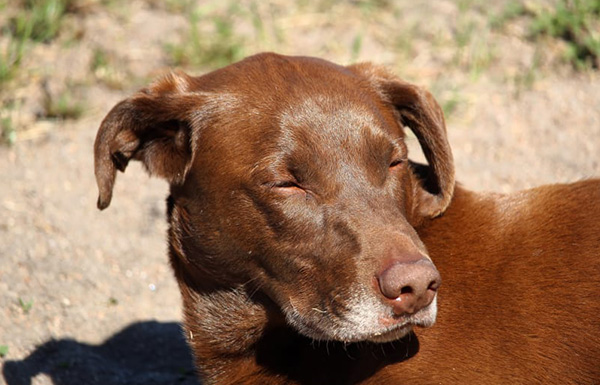Finding a lump on you can be upsetting, leaving pet parents in a never-ending dilemma. However, not all lumps are dangerous. Lipomas in dogs, often called fatty tumors, usually do not cause any damage. These soft, movable lumps under the skin can vary in size and generally don’t hurt.
Although lipomas are non-neoplastic tumors, it is essential to be informed about them for your dog’s sake. Every pet parent and caretaker should know what to expect and when to consult a veterinarian for help. In this article, you will find what lipomas are, their occurring reasons, and their symptoms.
Understanding Lipomas in Dogs
Lipoma in dogs is a lump of a non-cancerous, soft part that develops under the skin. These tumors are common in older animals, especially around the upper part and limbs. This kind is more common among fat ones, even though any breed can be affected.
They are made up of fatty tissue and are typically not dangerous, but they may be uncomfortable if they grow huge or occur in inconvenient areas. A dog owner must keep an eye on all of its lumps and seek veterinary advice.
What Causes a Lipoma
According to vets, there is no particular reason for lipomas in dogs. Yet, there are some aspects that lead to this.
- Genetics: Lipom is more common in these breeds; Labrador, Golden Retrievers, and Doberman Pinchers.
- Age: It is usually found in dogs aged 9 to 10 years old.
- Obesity: Since lipomas are uncertain fat cells, dogs who are obese develop lipomas rather than fit ones.
Symptoms of Lipomas in Dogs
If you feel a soft, flexible swelling under your dog’s skin, it means a lipoma has occurred. The lump is usually circular or oval and could appear on body parts like the back, neck, or legs. Many lipomas have a spongy feeling, although some might feel solid.
Generally, these bumps do not cause pain however, sometimes they may become so big as to hamper movement or comfort. In some cases, lipoma might cover nearby tissues, making them stiff.
Treatment of Lipomas in Dogs
There are several ways of treating lipomas in dogs. One of the best ways is to monitor them. Vets suggest that monitoring can help since lipomas are benign, their growth is really slow, and they don’t cause any harm, so there is no need to rush for surgery.
However, if the growth of lipomas in dogs is abnormal and surrounds the tissues rapidly, then opting for surgery is a suitable option. In a few cases, removing a lipoma through surgery becomes a hurdle because it takes place in an area that isn’t easy to reach, so liposuction is performed.
It’s vital to understand that removing a lipoma doesn’t guarantee that it will not grow again. In addition to liposuction and surgery, the regrowth rate of lipoma in the same area is high.
Tips to Prevent Lipomas in Dogs
It is pretty disappointing that there are no such measures to prevent lipomas in dogs. Nevertheless, you can follow these a few tips to try to prevent;
- Try to keep your dog active and lean by engaging in activities such as engaging with toys or taking it for a walk after a meal.
- Always monitor their progress and keep an eye on their skin. If you find unusual changes in shape and size, consult a vet ASAP.
- If a lipoma develops, keep a record of its growth. You can use your phone to take pictures or even measure it for at least six months.
- Avoid buying and petting the breed of dogs that develop lipoma more frequently.
Caring for your dog means staying informed about conditions like lipomas in dogs. By keeping an eye on any lumps, staying active, and consulting your vet regularly, you can make sure your companion stays healthy.
FAQs
Q: What causes fatty tumors in dogs?
A: According to vets, there is no such particular cause for fatty tumors in dogs. However, a diet that consists of carbohydrates and other chemical preservatives can become the reason for abnormal mass.
Q: How to shrink a dog’s lipoma naturally?
A: Involve your dog in more physical activities to lose weight and naturally shrink lipoma.
Q: Should I be more cautious if my dog has lipoma?
A: As stated earlier, lipoma in dog is noncancerous. However, if you find lipoma growing, call the vet for surgery.
Q: What is the average age of a dog with lipoma
A: The average of a dog with a lipoma is around 9 to 10 years old.
